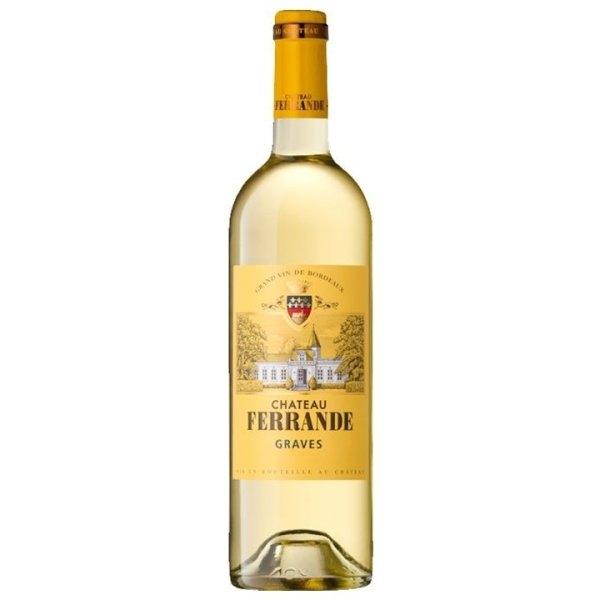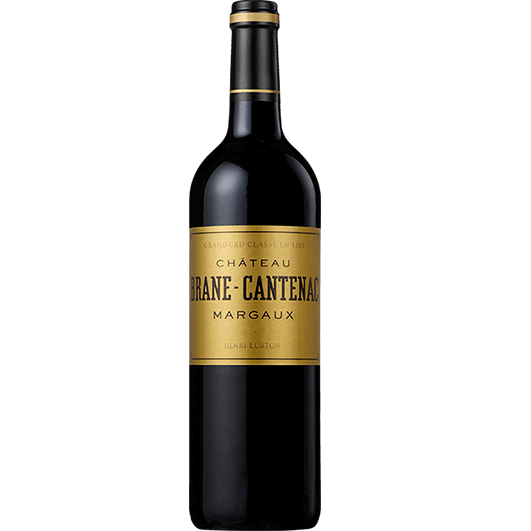2015 Chateau Larcis Ducasse St. Emilion Grand Cru
2015 Chateau Larcis Ducasse St. Emilion Grand Cru Deep garnet-purple colored, the 2015 Larcis Ducasse sashays gracefully out of the glass with beautiful Black Forest cake, red cherry compote, raspberry preserves and blackberry pie scents plus hints of cigar box, Ceylon tea, dried lavender and forest floor. Medium to full-bodied, the palate delivers gorgeous red and black fruit preserves flavors with a wonderfully plush texture and very long, perfumed finish.
Bordeaux Blend
A Bordeaux Blend, at its most basic, is any combination of those grape varieties typically used to make the red wines of Bordeaux. The phrase, which seems to have originated with British wine merchants in the 19th Century, relates as much to wines made from the blend as to the grape variety combination itself. Far from being an officially defined or legal term, it is almost never used for wine-labeling purposes (although it occasionally appears on back labels).
Its equivalent in the United States is Meritage, which is not only legally defined, but also a registered trademark. Red Bordeaux Blends are known for their powerful structure and deep flavors. Dark fruits and berries such as plum and blackcurrant are commonly used to describe the flavors of red Bordeaux, although there is an unlimited range of terms that have been ascribed to them. Tannins tend to be relatively high in these wines, giving them a firm structure.
Cabernet Sauvignon is widely accepted as a compulsory component of any Bordeaux Blend, with Merlot following close behind. In fact, the majority of Bordeaux Blend wines are often made exclusively from a blend of these two varieties. The remaining components are Cabernet Franc, Petit Verdot and Malbec, used in varying combinations and proportions. Even Carmenere is on the list of possible ingredients, despite being rarely used by modern Bordeaux vineyards (notable exceptions include Haut-Bailly, Brane-Cantenac and Clerc-Milon).



